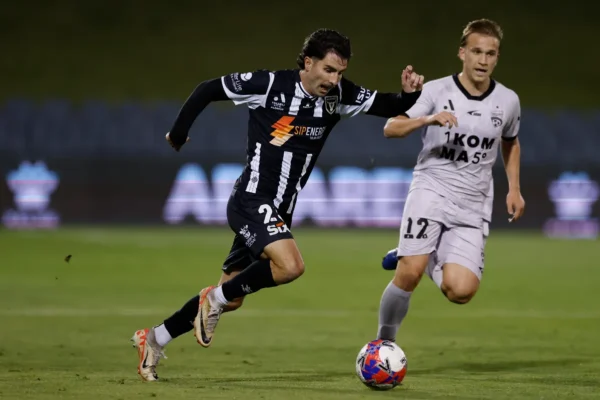
Mexican soccer giants Tigres UANL have secured a deal to see a brand new 65,000 seat stadium ready by 2025.
The stadium will be based in the heart of San Nicolás de los Garza, Nuevo León, and will be replacing the old 42,000 seat stadium, known as Estadio Universitario, The previous stadia has been the home of Tigres since 1967.
The new stadium was presented on Thursday, January 13 at a meeting that included Governor of Nuevo León and Samuel García, through a Memorandum of Understanding to commence construction.
Tigres’ future home was designed by architecture firm Populous and envisioned to be entirely privately financed at a cost of $445 million AUD.
The stadium’s features will include a retractable pitch, as well as being able to host concerts and international sporting events like American football games.
As part of the overall plans, the stadium will include separate changing rooms for Tigres’ men’s and women’s teams, while the exterior stadia complex will complement with a hotel, shopping centre and restaurants. The venue is also intended to act as an incubator for local business, and will also have classrooms catering for the Universidad Autónoma de Nuevo León (UANL).
Juego de Pelota principle partner, César Esparza:
“There is going to be another setting for concerts and sport,” he said.
“It is a stadium prepared to host all sports, this stadium will be the postcard of Nuevo León.
“Stadium events will not be expensive for fans, as long as it has that capacity it will allow us to create different price levels for events, becoming inclusive for all people.”
UANL Tigres parent company member, Mauricio Doehner:
“Today Tigres is internationally recognised and we are always striving for more,” he said.
“Of course we deserve a new stadium, it will be the headquarters in this new era. Today, Tigres is not only a benchmark in Mexican soccer, but also on an International stadium. The Estadio Universitario has given greatness to Club Tigres and all the fans, we will honour it forever.”


















